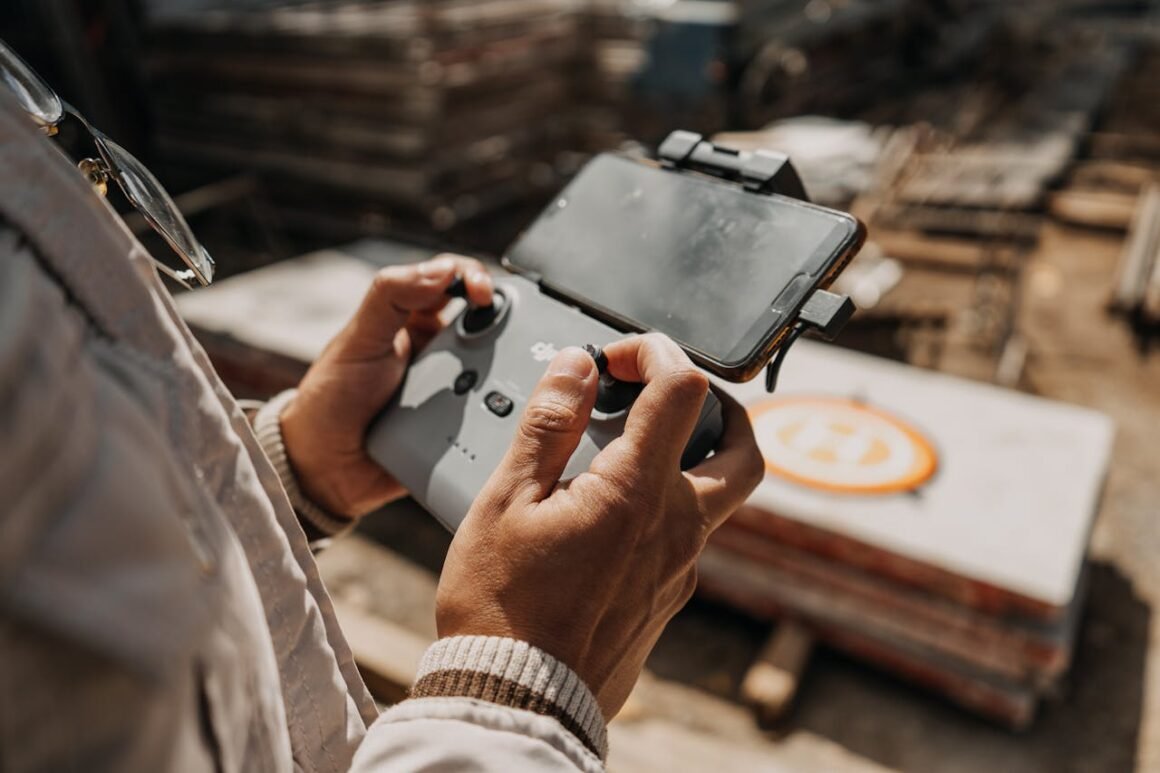Buying a drone is just the start. If you want smooth flights, clear video, and a drone that lasts, maintenance matters. The good news? It’s not rocket science. A few simple habits keep your drone in top shape and help you avoid costly repairs.
Here’s what every drone owner should know about basic drone maintenance.
Before Every Flight: Your Pre-Flight Checklist
A lot of drone issues start with skipped steps. Build these habits and you’ll avoid most headaches:
- Check the Battery:
Make sure batteries are fully charged and properly inserted. Avoid flying with damaged or swollen batteries. - Inspect Propellers:
Look for cracks, bends, or chips. Damaged props can throw off balance or break mid-flight. - Update Firmware:
Manufacturers regularly release updates that fix bugs or add features. Always keep your drone’s firmware current. - Calibrate Compass and IMU:
If you’re flying somewhere new, calibrate your compass. This keeps GPS features working reliably. - Secure the Camera:
Make sure the camera/gimbal is attached firmly and the lens is clean.
During Flight: Flight Habits That Save Your Gear
- Watch the Weather:
Wind, rain, and extreme cold can all cause trouble. Small consumer drones are especially sensitive to weather. - Respect Battery Levels:
Don’t run your batteries to empty. Land at about 20–30% battery to avoid “emergency landings.” - Stay Within Range:
Keep your drone within visual line of sight. Going out of range can cause loss of control.
After Every Flight: Post-Flight Care
- Clean Your Drone:
Wipe off dust, grass, or bugs—especially around the motors and sensors. - Check for Damage:
A minor bump can crack a propeller or bend an arm. Look over the drone and fix anything before your next flight. - Battery Storage:
Store batteries in a cool, dry place, ideally half-charged if you won’t use them for a while.
Routine Maintenance
- Replace Propellers Regularly:
Even if they look fine, swap out props every 20–30 flights. It’s cheap insurance against mid-air failures. - Update Your Logbook:
Note any crashes, unusual flight behavior, or repairs. It’s easier to spot patterns if a problem keeps coming back. - Check for Firmware Updates:
Set a reminder to check for new firmware every month.
Troubleshooting Common Problems
- Drone Won’t Start:
Double-check battery charge and connections. Try a different battery if needed. - GPS Not Locking:
Calibrate your compass, move to an open area, and wait a few minutes. - Shaky Video:
Make sure the gimbal is secure and the propellers are balanced. - Short Flight Time:
Could be a battery near the end of its life or dirty motors. Clean the motors, try a new battery.
When to Get Professional Help
DIY can only take you so far. If you notice:
- Persistent motor issues (weird noises, won’t spin up)
- Cracked or warped drone body
- Water damage
- Repeated firmware failures
Contact the manufacturer or a certified repair center. Trying to fix these yourself could make things worse.
Final Thoughts
A little attention goes a long way. Think of drone maintenance like brushing your teeth—boring, but necessary if you want things to work (and last).
Ready to upgrade your kit or need replacement parts? Browse our Spare Parts and Drone Accessories sections for everything you need. And if you ever hit a snag, our support team is just an email away.
Happy flying—and take care of your drone, so it can keep taking care of you.


Leave a Reply